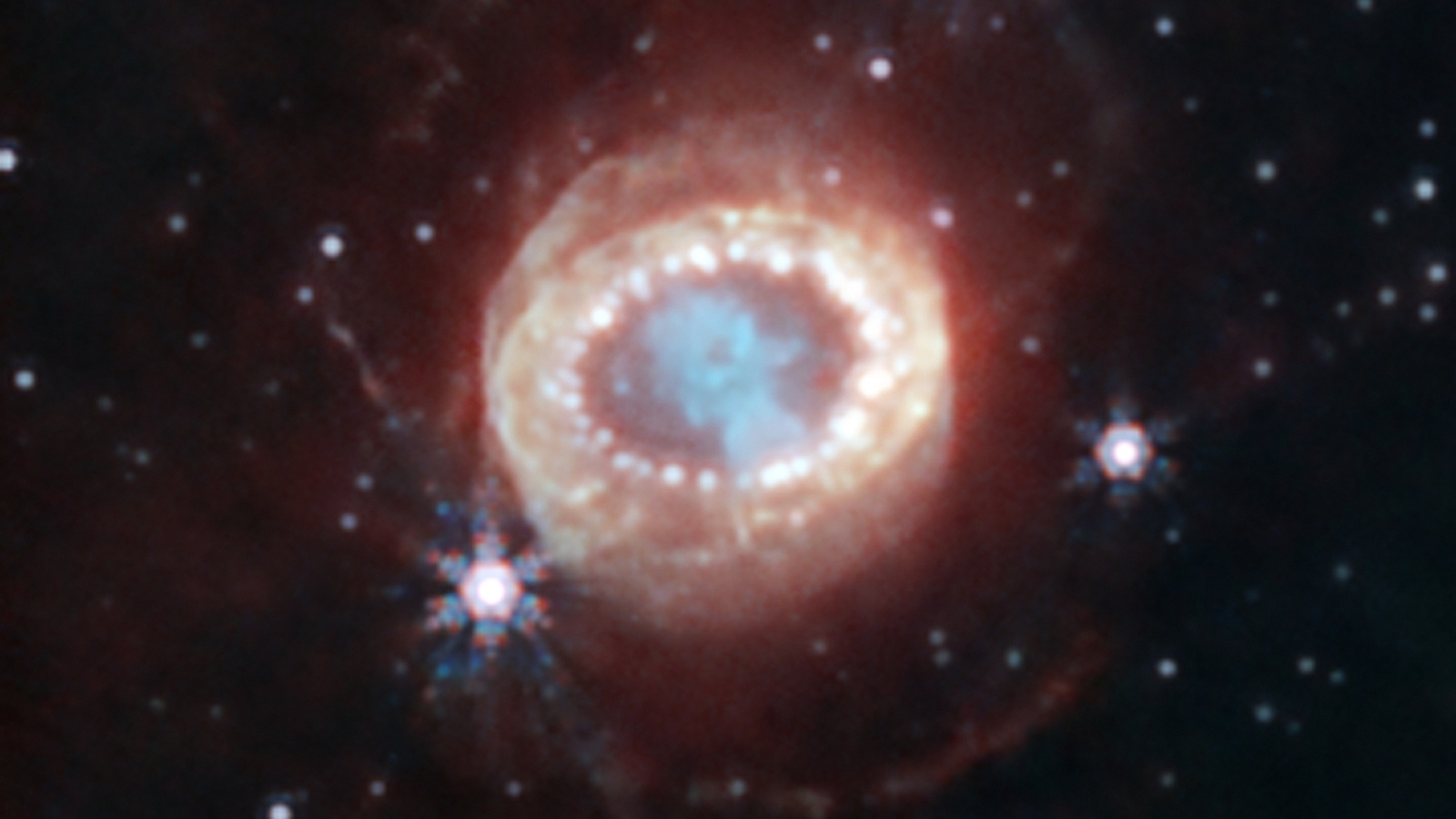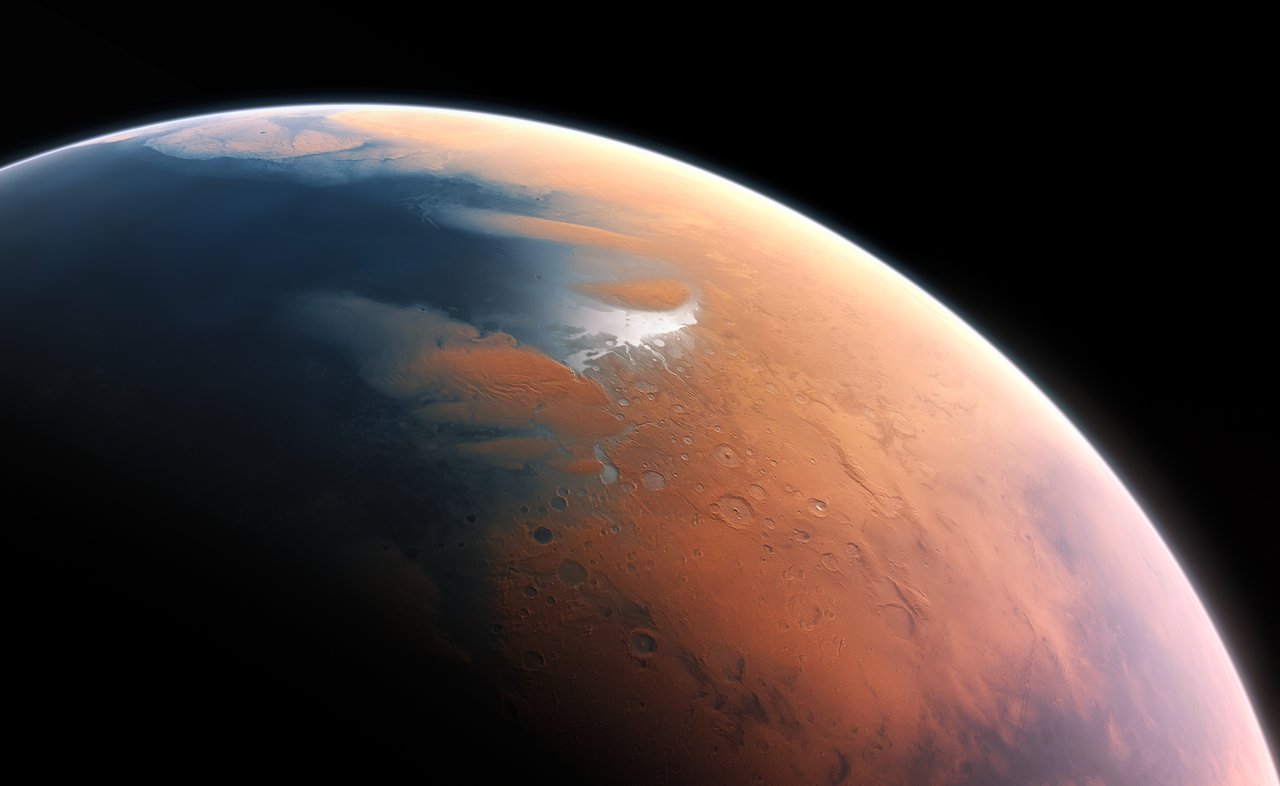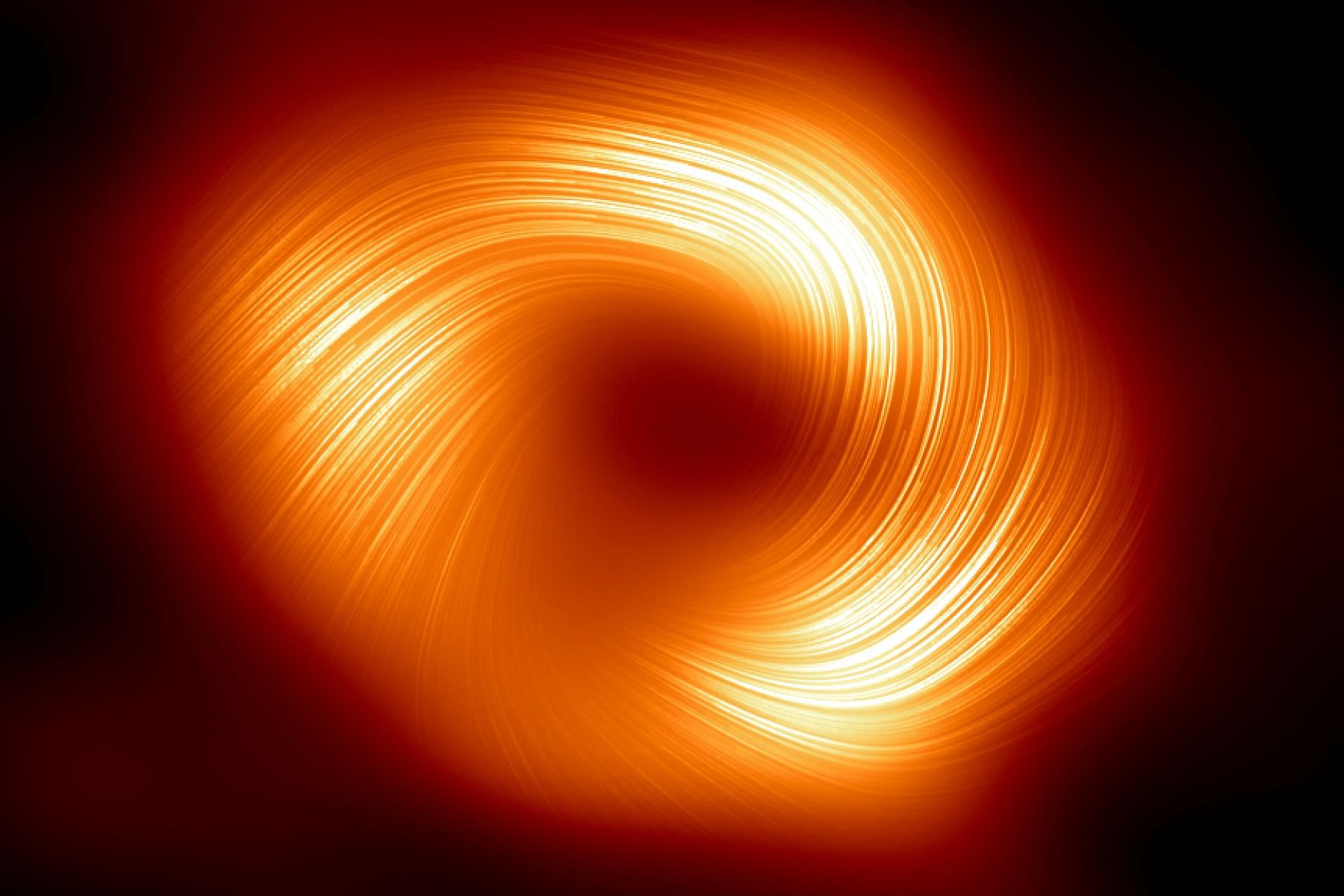Every year, NASA releases a detailed simulation of the Moon that shows how it will change through the year. They produce a couple of versions that show how it appears from the northern and southern hemisphere and others that highlight different features. Not only does it show the phases through the year but it also shows the change in size as its completes its orbit. The change in apparent size of the Moon is a result of its elliptical orbit so that it can appear up to 30% brighter.
Continue reading “NASA Releases its Moon Phases Animation for 2025”NASA, SpaceX Illustrate Key Moments of Artemis Lunar Lander Mission
Before the decade is out, as part of the Artemis Program, NASA plans to send astronauts to the Moon for the first time since the Apollo Era. To realize this goal, they have contracted with commercial space industries to develop all the necessary components. This includes the Space Launch System (SLS) and the Orion spacecraft that will take the Artemis astronauts to the Moon. There’s also the Lunar Gateway and the Artemis Base Camp, the infrastructure that will facilitate regular missions to the Moon after 2028.
In between, NASA has also partnered with companies to develop the Human Landing Systems (HLS) that will transport the Artemis astronauts to the lunar surface and back. This includes the Starship HLS SpaceX is currently developing for NASA, which will rendezvous with the Orion spacecraft in lunar orbit and allow the Artemis III astronauts to land on the Moon (which will take place no sooner than September 2026). In a series of newly-updated images, SpaceX has provided artistic renders of what key moments in this mission will look like.
Continue reading “NASA, SpaceX Illustrate Key Moments of Artemis Lunar Lander Mission”The Last Arecibo Message Celebrates the Observatory and One of its Greatest Accomplishments
The Arecibo Message, transmitted on November 16th, 1974, from the Arecibo Observatory, was humanity’s first true attempt at Messaging Extraterrestrial Intelligence (METI). The message was a simple pictorial signal in binary code composed by famed astronomer and SETI researcher Frank Drake (inventor of the Drake Equation) with the assistance of Sagan and other prominent astronomers. The message was and was aimed toward Messier 13 (NGC 6205 or “The Great Hercules Cluster”), a globular star cluster located about 25,000 light-years from Earth in the constellation of Hercules.
In 2018, in preparation for the 45th anniversary of the historic broadcast, the Arecibo Message Global Challenge was launched. Student teams were tasked with designing a new message that could be sent to space, and by August 2020, the Boriken Voyagers team was recognized as the winner of the competition. Unfortunately, the Observatory collapsed on December 1st, 2020, and the message was never sent. To commemorate the 50th anniversary of the Arecibo Message, the Boriken Voyagers have shared “The Last Arecibo Message.”
Continue reading “The Last Arecibo Message Celebrates the Observatory and One of its Greatest Accomplishments”A Nearby Supernova Could Finally Reveal Mark Matter

Despite 90 years of research, the nature and influence of Dark Matter continue to elude astronomers and cosmologists. First proposed in the 1960s to explain the rotational curves of galaxies, this invisible mass does not interact with normal matter (except through gravity) and accounts for 85% of the total mass in the Universe. It is also a vital component in the most widely accepted cosmological model of the Universe, the Lambda Cold Dark Matter (LCDM) model. However, according to new research, the hunt for DM could be over as soon as a nearby star goes supernova.
Currently, the axion is considered the most likely candidate for DM, a hypothetical low-mass particle proposed in the 1970s to resolve problems in quantum theory. There has also been considerable research into how astronomers could detect axions by observing neutron stars and objects with powerful magnetic fields. In a recent study supported by the U.S. Department of Energy, a team of astrophysicists at the University of California Berkeley argued that axions could be discovered within seconds of detecting gamma rays from a nearby supernova explosion.
Continue reading “A Nearby Supernova Could Finally Reveal Mark Matter”Astronomers Find a 3 Million Year Old Planet

Astronomers have just found one of the youngest planets ever. At only 3 million years old, planet TIDYE-1b (also known as IRAS 04125+2902 b) is practically in its infancy. By comparison, Earth is 4.5 billion years old: that’s 1500 times older. The discovery of a planet this young can teach scientists a lot about the early stages of planet formation, and the peculiarities of this particular one have scientists re-evaluating their models of planetary birth.
Continue reading “Astronomers Find a 3 Million Year Old Planet”There was Hot Water on Mars 4.45 Billion Years Ago

Earth and Mars were very similar in their youth. Four billion years ago, both planets had vast, warm seas. But while Earth retained its oceans, the waters of Mars evaporated away or froze beneath its dusty surface. Exactly why these two worlds took such divergent paths is unclear, though it may lie in the origins of their water.
Continue reading “There was Hot Water on Mars 4.45 Billion Years Ago”Axion Dark Matter May Make Spacetime Ring

Dark matter made out of axions may have the power to make space-time ring like a bell, but only if it is able to steal energy from black holes, according to new research.
Continue reading “Axion Dark Matter May Make Spacetime Ring”Earth’s Old Trees Keep A Record of Powerful Solar Storms
Most of the time the Sun is pretty well-mannered, but occasionally it’s downright unruly. It sometimes throws extremely energetic tantrums. During these events, a solar flare or a shock wave from a coronal mass ejection (CME) accelerates protons to extremely high velocities. These are called Solar Particle Events or Solar Proton Events (SPEs).
However, the exact timing of these events can be difficult to ascertain. New research has determined the date of one of the most powerful SPEs to strike Earth during the Holocene.
Continue reading “Earth’s Old Trees Keep A Record of Powerful Solar Storms”New Supercomputer Simulation Explains How Mars Got Its Moons
Earth and Mars are the only two rocky planets in the solar system to have moons. Based on lunar rock samples and computer simulations, we are fairly certain that our Moon is the result of an early collision between Earth and a Mars-sized protoplanet called Theia. Since we don’t have rock samples from either Martian moon, the origins of Deimos and Phobos are less clear. There are two popular models, but new computer simulations point to a compromise solution.
Continue reading “New Supercomputer Simulation Explains How Mars Got Its Moons”The Early Universe May Have Had Giant Batteries of Dust
The largest magnetic fields in the universe may have found themselves charged up when the first stars began to shine, according to new research.
Continue reading “The Early Universe May Have Had Giant Batteries of Dust”





